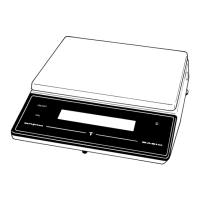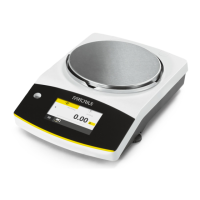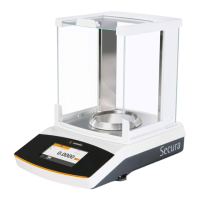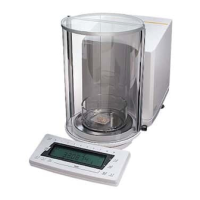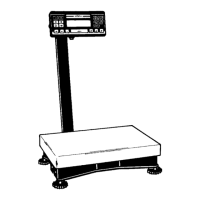Why does the weight readout change constantly on my Sartorius Basic Scales?
- RRoberta FordJul 31, 2025
A constantly changing weight readout or a persistent “BUSY” message on your Sartorius Scales can be due to several factors. It could be caused by unstable ambient conditions, in which case you should set up the scale in another area. Excessive vibration or drafts may also be the cause; try accessing the menu to adapt the scale to the particular type of weighing environment. If you are using a B 120S model, ensure the door of the weighing chamber is completely closed. Finally, the sample or object you are weighing might not have a stable weight.
